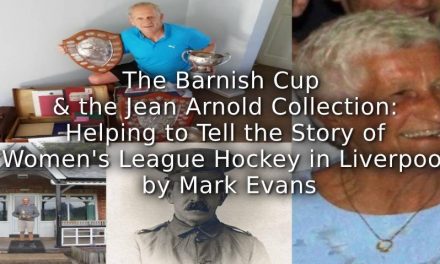At the 1938 football World Cup in France, the team representing the Dutch East Indies played Hungary. They were the first Asian country to take part in the World Cup finals.
Football in the Dutch Indies was still just taking baby steps in the early 1930s. The nation totalled approx. 4.000 members, spread over about 400 clubs. No league had been set up, as the archipelago was simply too expansive. The islands of Java and Sumatera did feature inner-city leagues, however. The winners of these leagues would contest for the title of champions of the Dutch Indies.
In 1935, the Dutch Indian Football Union (Nederlandsch-Indische Voetbal Unie, or NIVU for short) was established. A FIFA-recognised member, NIVU was now part of the international football family. In 1934, the archipelago side participated in their first international tournament: the tenth Far Eastern Championship Games, held in Manila, the Philippines. The Dutch East Indies were runners-up, behind winners China.
- The Olympic Stadium, Amsterdam
World Cup Finals
Four years later, the team was really put to the test when it qualified for the World Cup finals in France. The nation’s qualification was more a matter of luck than actual skill, though, as they qualified without playing a single match. The Dutch East Indies were allowed to enter the tournament because Japan, the country they were paired against in qualification, forfeited, as did the United States, the other country FIFA wanted the Dutch East Indies to play in order to qualify. As England, Scotland, China, Costa Rica, Argentina, Uruguay, Colombia, Mexico, El Salvador and Spain withdrew as well, for various reasons, FIFA had no choice but to allow the archipelago nation to take part.
- Dutch East Indies playing in Olympic Stadium Amsterdam
And so it happened that on Sunday, 5 June 1938, the Dutch East Indies were ready, without having to put up a fight, to face Hungary. This was the real thing, as the World Cup was a knock-out tournament back then: lose, and you can pack your bags and be on the boat home straight away.

Dutch East Indies playing in Reims
At the Velodrome Municipale in Reims, watched by 20,000 spectators, the Dutch East Indies took to the field and could easily have been mistaken for the Dutch side. They wore orange jerseys, white shorts and sky-blue socks, and before the match the Dutch national anthem was played. It was widely believed that the Asian side would face tough opposition.While not yet the Magic Magyars of the 1950s, Hungary were still a formidable side and considered a serious contender for the title.
Little surprise then that the Hungarians shredded the lightweight Orange side. Back home in the Dutch East Indies, football fans could follow a live account of the match over the radio, with legendary Dutch radio sports reporter Han Hollander commentating. After 45 minutes, Hungary were 4-0 up already, taking it easy in the second half. Taking the foot off the pedal, they scored “only” two more goals. The Dutch East Indies were unable to find the back of the net.
After 90 minutes, having been spanked 6-0, the side left the tournament through the backdoor. Hard lines. They’d crossed half the world for a single bout of football. But it had all been worth it. After the match, captain Achmad Nawir wrote in his journal: “It was about the sport, which brings joy to life and does not degenerate into the grim faces of purely success-hunting diehards.”
As lovely a notion as that is, the Dutch Sportkroniek magazine came down hard on the team: “Their weakness is their positional game, which is very poor. In fact, none of the players seem to have heard of positional play. The actions you make when not in possession are equally as important as those when you are in possession. Our Indian fellows are still unaware of this fact, for when they don’t have possession of the ball, they tend to do… nothing!”
Sports journalist Han Hollander was more sympathetic, complimenting the players for their fighting spirit. In his view, the Dutch East Indies definitely had not conceded the match without taking the fight to the side that “was widely held to be the next world champions”.
Olympic Stadium
Despite this defeat, the Dutch national anthem rang out one more time during the tournament. The other Dutch side had also qualified and took on Czechoslovakia in the first round. Their campaign ended in deception as well, as Czechoslovakia ran away with a 3-0 victory. In the end, Italy were crowned champions, winning the final match 4-2 against – Han Hollander’s prediction came close – Hungary.
A few weeks later, the two Dutch sides played a friendly at the Amsterdam Olympic Stadium, but the big Dutch brothers did not show the forbearance to their Indian siblings the Hungarians had shown. The East Indies spent the next few weeks on the long voyage home reflecting on a big, fat 9-2 defeat. Fortunately, memories weren’t all bad, for prince-consort Bernhard had come to shake hands with each and every player of the side, the absolute apex of their overseas stay.
Article © Jurryt van de Vorren
Translation – with thanks to Ben van Maaren

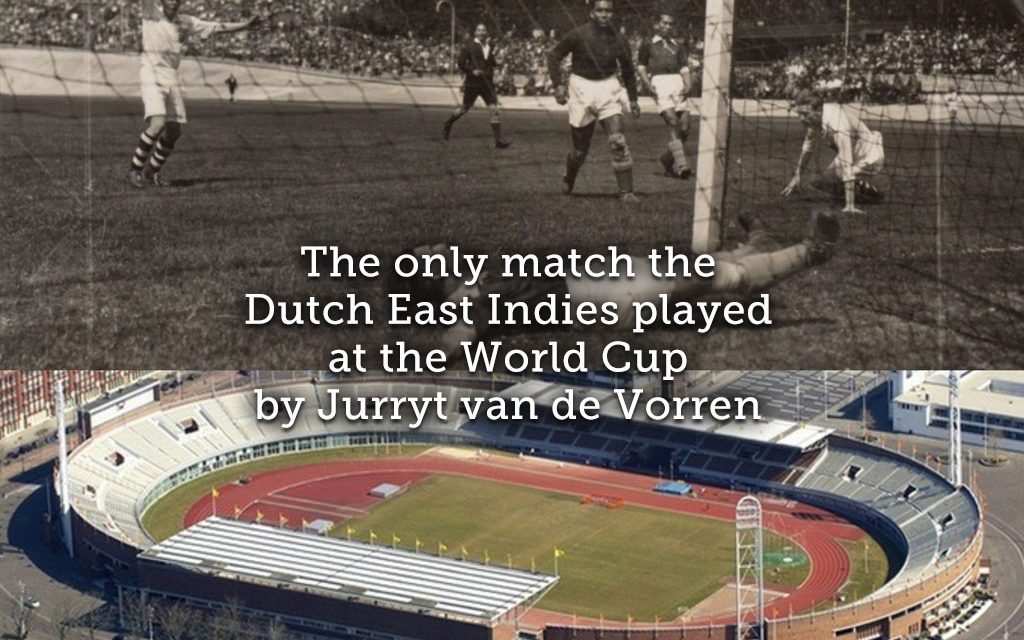
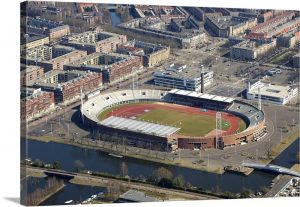
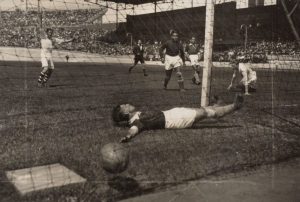
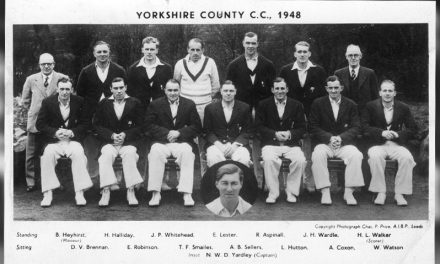

![“And then we were boycotted” <br> New discoveries about the birth of women’s football in Italy [1933] <br> Part 5](https://www.playingpasts.co.uk/wp-content/uploads/2020/03/PP-banner-maker-3-440x264.jpg)
